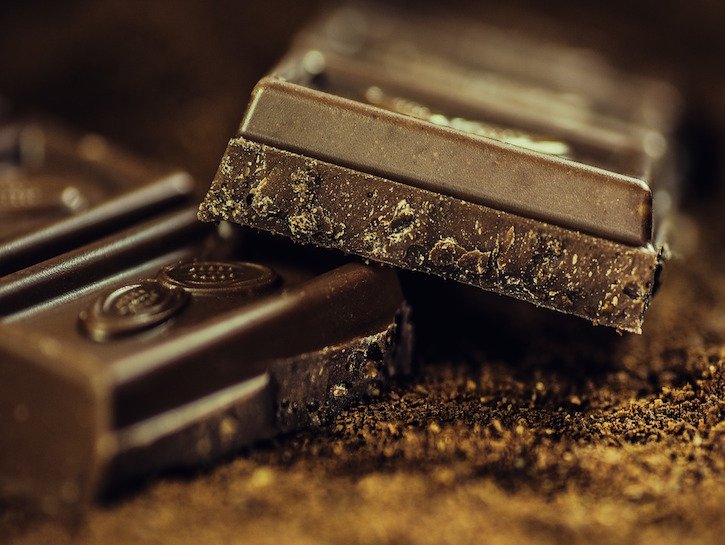Chocolate is always in demand in the global market. In 2015, Americans spent over $18 billion on the sweet treat and the Swiss placed first in chocolate bingeing, eating an average of more than 20 pounds each, according to a CNBC article. But because of the changing climate, everyone’s favorite dessert could become extinct in the next generation.
Chocolate comes from cocoa beans, which are the dried and fermented seeds from the cacao tree. Despite how popular chocolate is in all corners of the world, the tree is confined within 20 degrees of the equator — all other climates are unsustainable for a thriving cacao tree, which needs high temperatures and high humidity.
According to a report from the National Oceanic and Atmospheric Administration, this rainforest region where cacao trees thrive is expected to experience a 3.8°F increase by the year 2050. This could significantly reduce the already slim suitable cultivation area and have disastrous effects on the cacao tree.

As the climate continues to change over the decades, evapotranspiration, the collective evaporation of water through plants and soil, will increase due to rising temperatures. Unless it’s balanced by an increase in rainfall, which is unlikely, this will lead to a less humid climate and produce dryer soil that the cacao tree cannot thrive in.
A 2013 study that examined cacao cultivating locations throughout Africa, Central and South America found over 89 percent of the 294 growing spots would become less suitable for growth by 2050. Researcher Peter Läderach and his coauthors said in the study, “These changes in climatic suitability are predicted to take place over a period of almost 40 years, so they will mostly impact the next rather than the current generation of cocoa trees and farmers.”
Simply put, if cacao tree farming is not adapted, chocolate will become more and more difficult to produce. There are a few options when it comes to adaptation, such as using selectively bred seeds that can resist drought or maintaining other rainforest trees to surround and shade the cacao, decreasing the tree’s temperature and evapotranspiration.
Hopefully, scientists are able to come up with a solution to save the world’s supply of Hershey’s bars and Cadbury Buttons.
